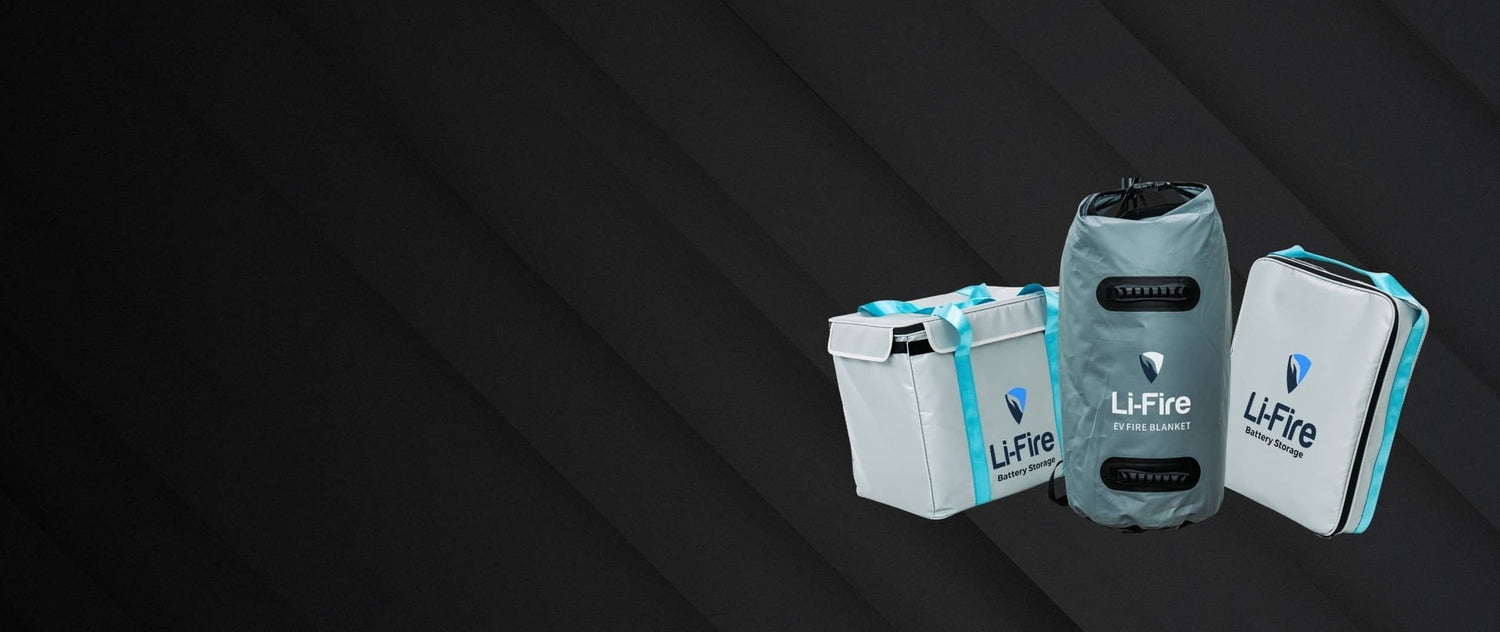
Lithium Fire Suppression Solutions
Get 30% OFF sitewide on premium fire safety blankets and accessories! FREE SHIPPING included on all U.S. orders.
Lithium Fire Protection Products
ISO9001 quality certified • Fire-safety certified to EN13501-1, NFPA701 & EN1869

EV Fire Blanket
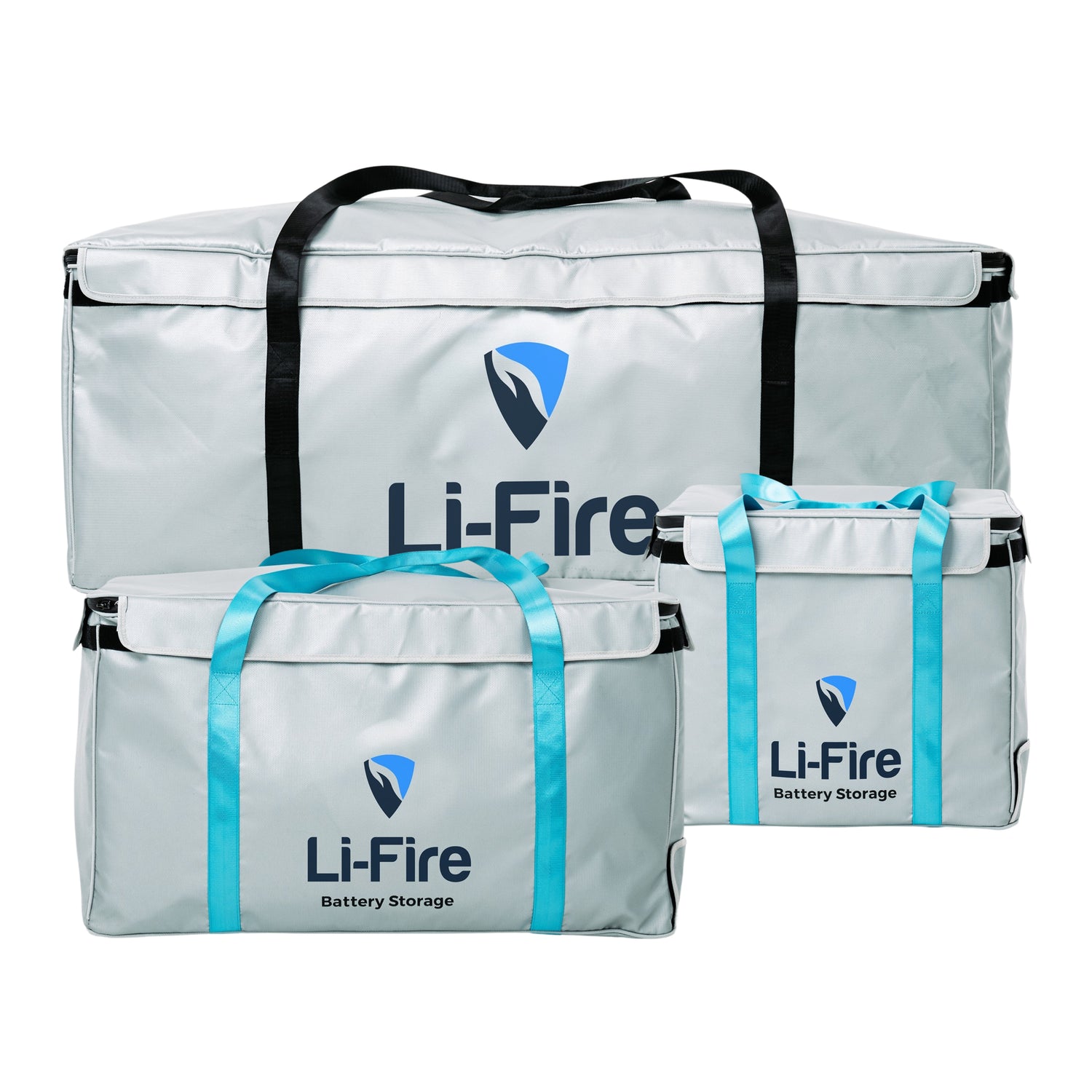
Battery Fire Bag
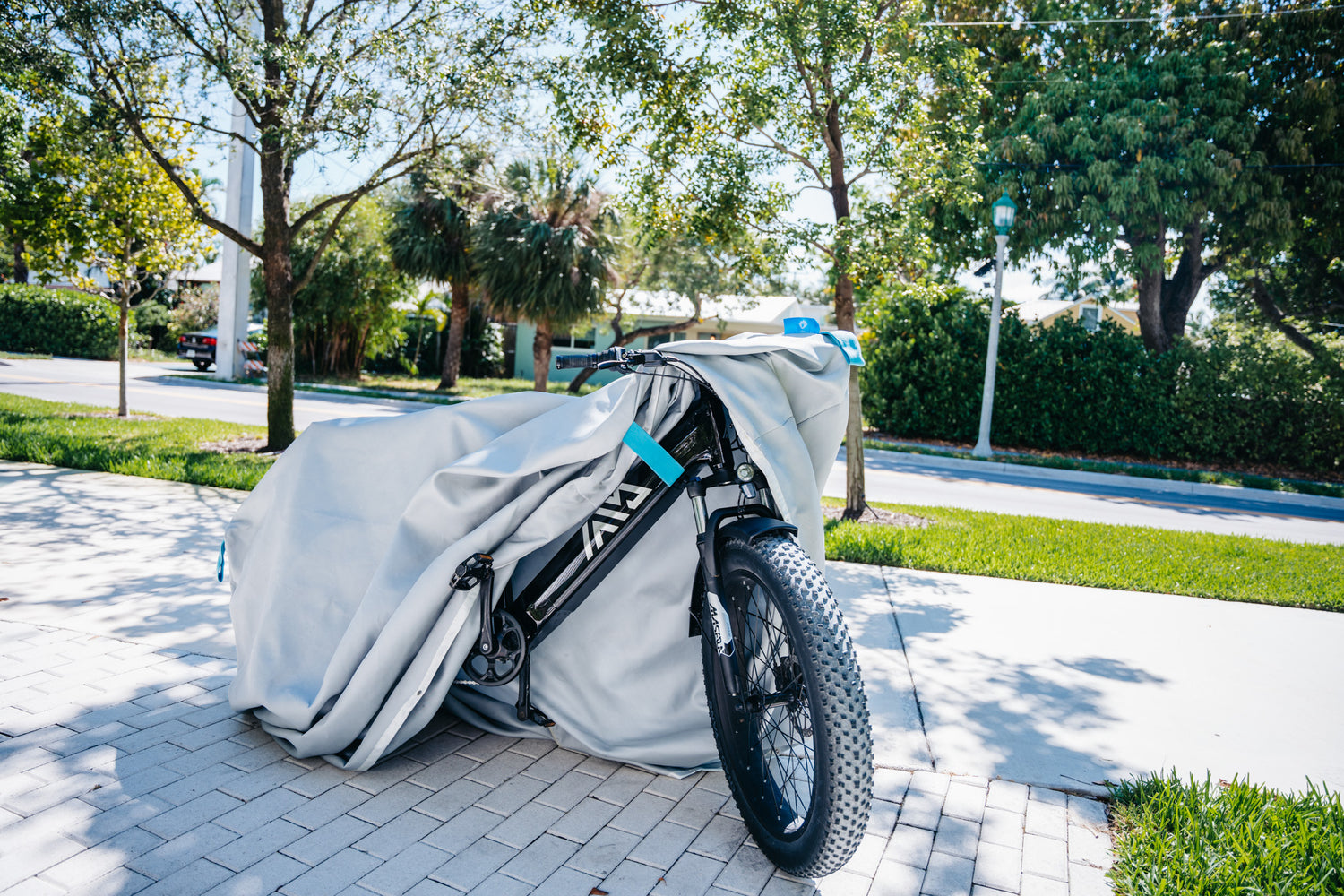
E-Bike Fire Cover
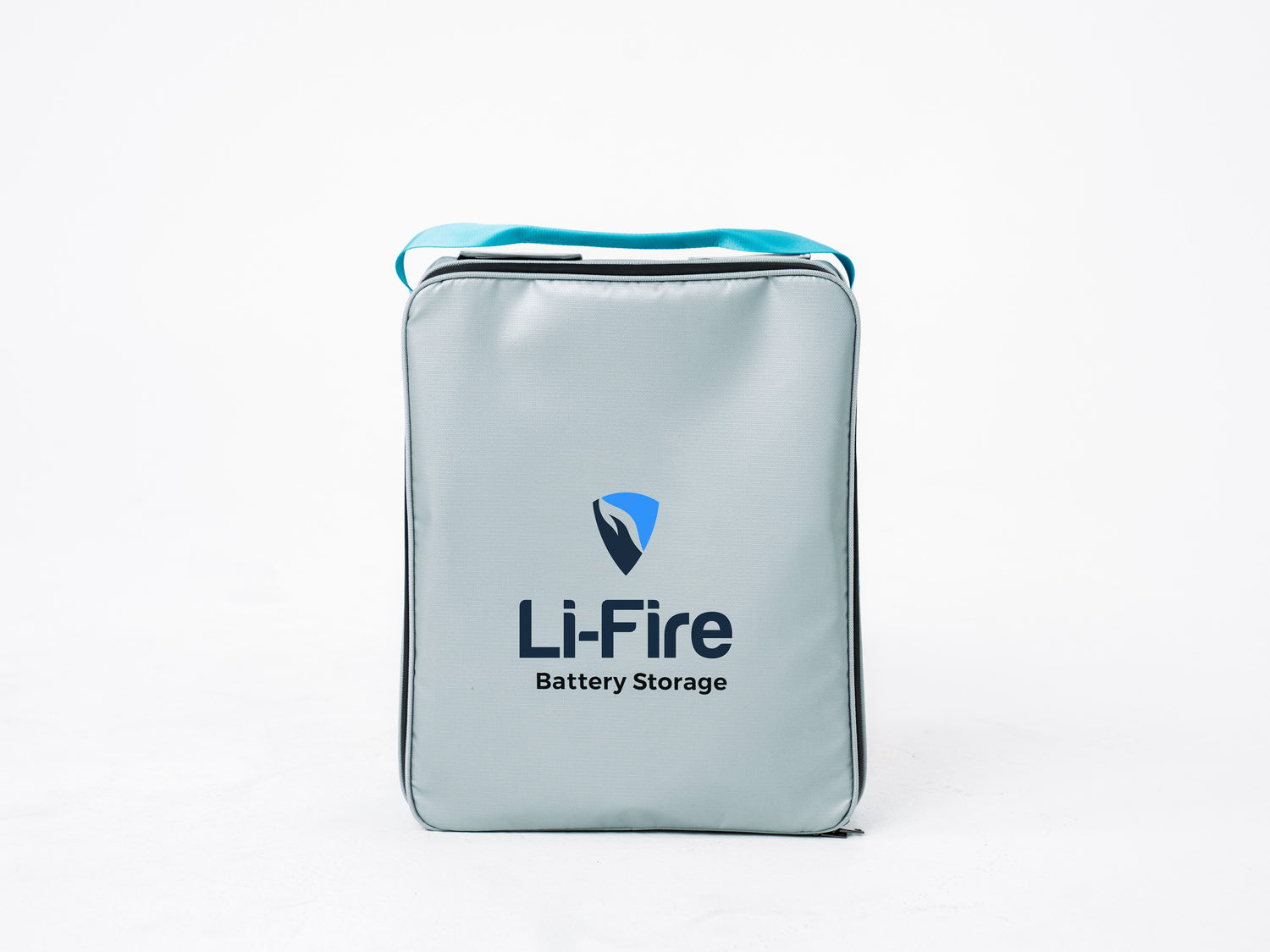
Battery Storage Bag
EV
E-Scooter
E-Bike
E-Mobility
Golf Carts
Fork Lifts
Recreational Vehicles
Power Boats
Drones
Sailing Yachts
Power Tools
EV
E-Scooter
E-Bike
E-Mobility
Golf Carts
Fork Lifts
Recreational Vehicles
Power Boats
Drones
Sailing Yachts
Power Tools
Trusted By
Li-Fire is protecting your loved ones and your assets from the dangers of Li-ion battery fire
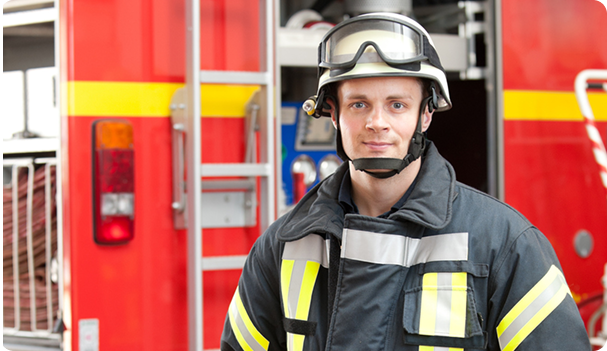
Lithium Fires Can’t Be Extinguished With Water
From laptops and EV vehicles to specialized electronic equipment and battery packs, we are all working alongside lithium-powered products every day, which could inadvertently endanger people and property. Li-Fire is here to make protection from these everyday fire risks easier for everyone.

Products Designed for a Lithium-Powered World
- Industries – to comply with readiness regulations as well as protect team members, assets, and productivity.
- Businesses – to protect valuable personnel and critical assets while mitigating risk.
- Homes – to protect loved ones and personal property.
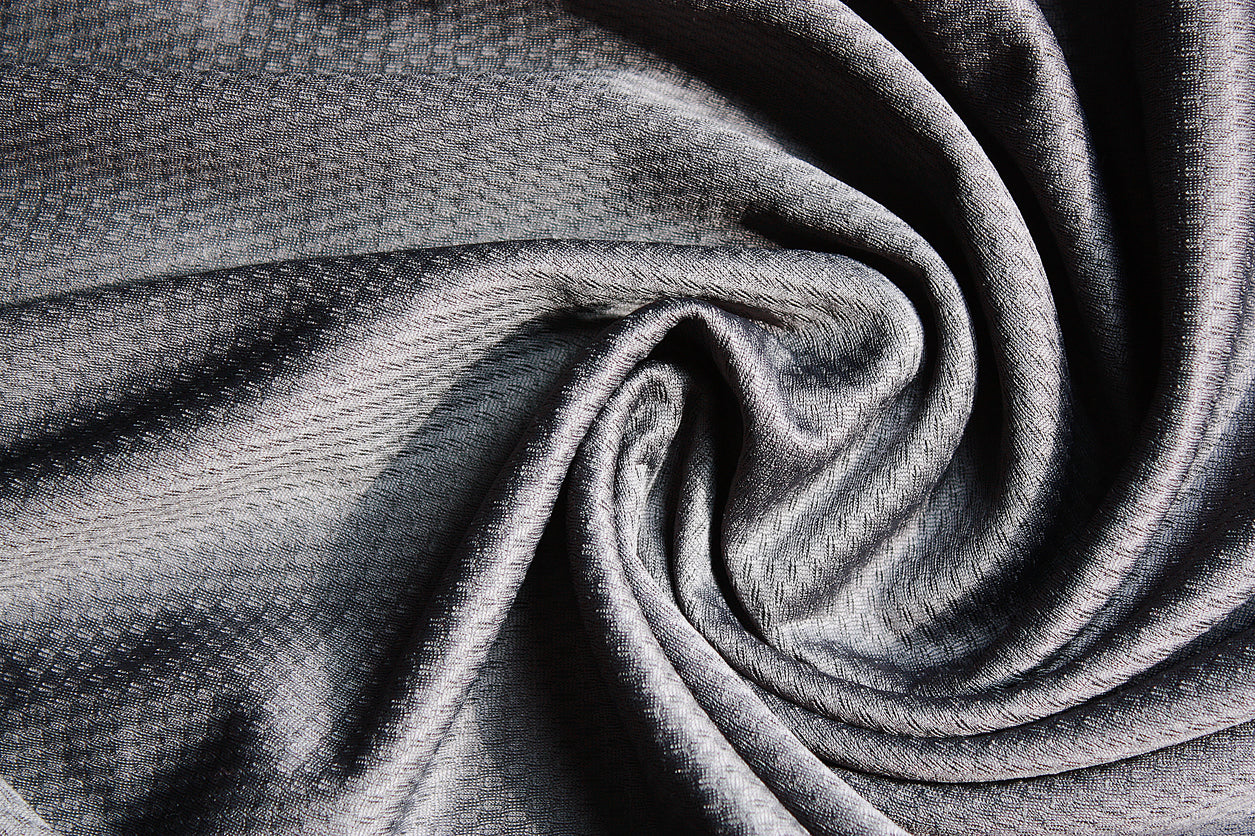
The Li-Fire Quality Difference
Li-Fire’s own FiberWeave™ technology combines ultra-fine glass and silicone into a proprietary heat-resistant weave. Our uniquely designed products:
- Offer best-in-class lithium battery fire solutions for industrial, commercial, and consumer settings.
- Have passed rigorous testing and certification requirements to help you comply with safety standards.
- Are available in multiple sizes and configurations that meet and exceed safety needs in any setting.
FAQ's
What is the max temperature?
The maximum temperature resistance of the blanket is 3200 degrees, and it can maintain this for 20 minutes. However, the aid of a fire hose will increase the surface temperature to 4000 degrees, with no noticeable decline after 45 minutes.
How do we deploy the blanket in a tight area?
Each deployment of the EV fire blanket is going to require a unique approach. No two EV fires are the same. It's going to take training and best practices to figure out different scenarios of deployment depending on your application.
What is the shelf life of Li-Fire’s products?
The shelf life of Li-Fire’s products is typically 5 years. However, blankets must be inspected every 2 years for any damage to the material. Be aware if blankets are exposed to frequent climate/weather changes this may shorten their shelf life.
What is the required maintenance for the blanket?
The blanket is best kept in a dry place away from direct sunlight. It should be inspected every three years for creases and damage to the fibers.
What happens post fire?
The battery should stay contained within the blanket and monitored with a thermal imaging camera until the temperatures have reached a safe point.
